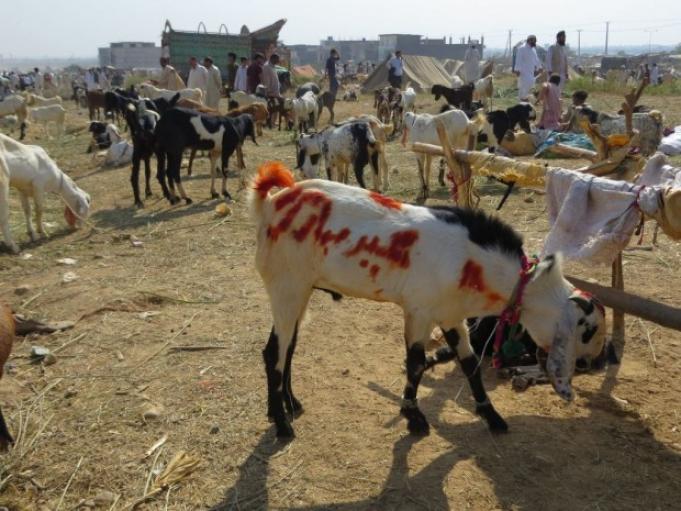In most Western (and, in fact, Muslim) countries, it is unlawful to slaughter animals in homes, on roads, in public spaces or residential areas. This can be done only in designated areas approved as slaughterhouses and located well away from human dwellings. These purpose-built premises include facilities for the housing and movement of the animals; veterinary care; professional slaughtering equipment and methods; and the segregation and disposal of waste and body parts such as blood, hides, hooves, heads, horns, offal and other inedible parts. Many of these are sold and recycled.
Slaughter in places other than approved and licensed locations carries many hygiene and public health risks. Recently gaining prominence is Crimean-Congo haemorrhagic fever (CCHF), having hit the headlines due to the growing incidence of this highly fatal disease. It is caused by a virus that is carried inside the Hyalomma tick, which lives on the skin of farm animals. Nonetheless, awareness of this risk has only reached a fraction of the people who are likely to acquire the infection. Thus, the vast number of adults and children who are in contact with cattle know or understand little — or wish not to know, trusting their lives to fate.
CCHF is just one of the many zoonotic diseases (infectious diseases transmitted from animal to man) commonly known to most lay persons or practising doctors. There are at least several dozen viral, bacterial, fungal and protozoal infections that are responsible for serious infections in humans. These infections are difficult to diagnose and even more difficult to treat. Unrecognised and misdiagnosed illnesses lead to mistreatment, complications, and prolonged chronic illness.
This year’s Eidul Azha has come and gone. The rivers of blood have been washed away or, rather, may have been absorbed by the earth. Stray cats and dogs, crows and kites will scavenge the leftover flesh, and one may get accustomed to the city’s perpetual stink. Days, weeks, even months later, diseases will begin to surface. Unreported by the press, many adults and children will enter hospitals’ and clinics’ outpatient facilities with fever and body pain, perhaps bleeding from internal organs. Others may suffer from fever and liver disease due to parasitic hydatid disease; prolonged, indolent fever from brucella; pneumonia from Coxiella; bovine tuberculosis; chronic intestinal infections from parasitic worms; and skin infections from anthrax.
In Muslim countries like Saudi Arabia — where animals are sacrificed on a massive scale, particularly after Haj — roadside slaughter is unheard of. Gulf countries do not have CCHF or zoonotic infections because they handle animal slaughter in a coordinated and hygienic manner. Pakistan, too, could learn from their examples.
Keeping, breeding, even entry, let alone slaughter, of farm animals in or around residential areas, roadsides or public spaces ought to be declared unlawful. This would, however, call for establishing organised, scientific, lice¬nsed and hygienic abattoirs in all cities and urban centres. If our government is prudent regarding the health and hygiene of its citizens it could build abattoirs close to all urban residential areas in a manner that caters to both public health and convenience.
Naseem Salahuddin is a specialist in infectious diseases. Naeem Sadiq is a freelance writer on social issues.

